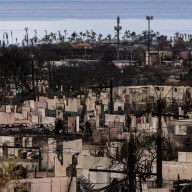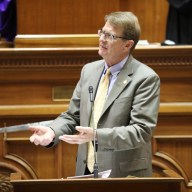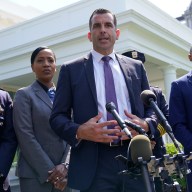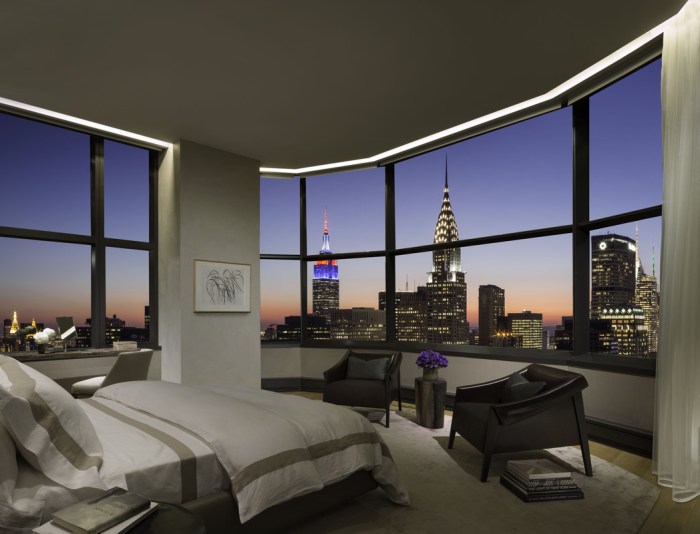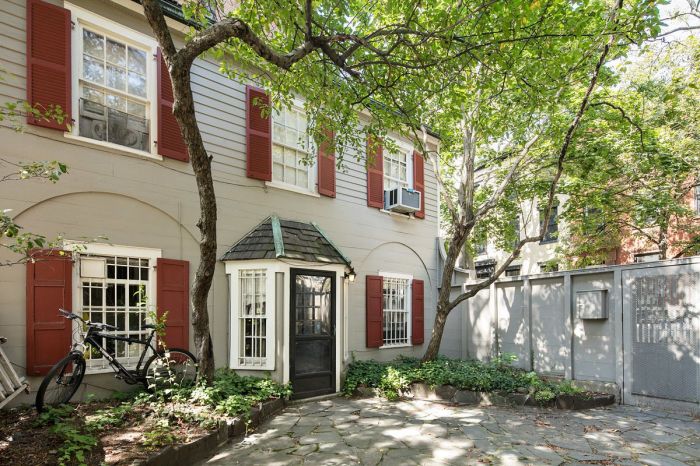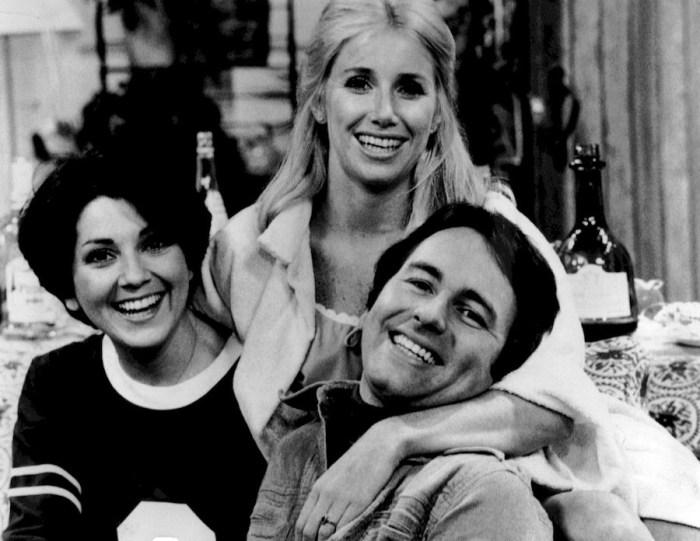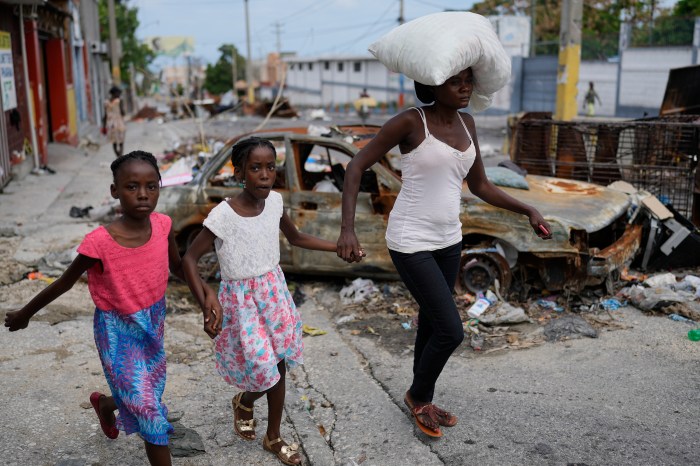February is too frigid to fantasize about the Rockaways’ wide white-sand beaches, but the playground peninsula is hotfor a different reason: its expanding housing market.
A series of housing developments are planned or under construction in this region of Queens. Unlike the single family homes that the Rockaways are best known for, these modern residences are vertical and promise to bring new life to areas that have missed out on a revival that’s brought hip shops and eateries to the 11-mile-long barrier reef. “The development of vacant lots will bring a sense of community to the area,’’ said Jonathan Gaska, district manager for Community Board 14.
Plans announced last summer for Seaside Landing call for four nine-story buildings rising near the Beach 116th Street stop of the subway’s A/S lines. The Marcal Group’s Seth Caller said construction is expected to start this year on a 90- to 100-unit condominium building with roughly 60 units of senior housing to follow. What happens with the remaining buildings depends on market conditions, but Caller said market-rate rentals would also be considered. Another ambitious project is a 101-unit affordable housing development that’s also designed to be environmentally sustainable. Beach Green North would be a seven-story structure at 44-19 Rockaway Beach Boulevard topped with a roof garden and solar panels. Additional electricity and hot water would be generated by natural-gas boilers. Other features include insulated concrete to keep the building warm in winter and cool in summer. Rents would range from $653 a month for studios to $1,597 a month for three-bedrooms. A second affordable housing development is nearing completion at 93-06 Shore Front Parkway. It features 63 apartments and rents will range from $690 for a studio to $2,120 for a three-bedroom.
Set for completion later this year is the 154-unit Beach Channel Senior Apartments, a low-income housing development that includes 46 units for formerly homeless seniors.
This development wave is not without issues, however. Some residents point out that the Rockawayshave Queens’ highest unemployment rate and worry that more housing for low-income residents would do little to stimulate the local economy. The Rockaways’ eastern end is already home to five New York City Housing Authority low-income projects. “The board would like to see more market-rate housing in order to attract people with disposable income here to create jobs,” Gaska said.
Rising sea levels, a danger dramatized by Hurricane Sandy, and the departure from the Rockaways’ largely low-rise profile, as well as a lack of transit service are other concerns, Gaska added.
The 93-06 Shore Front Parkway development has come withcriticism. The original developer skirted a zone change that would have reduced the building’s size by sinking a foundation before the law took effect, even though it was not ready to build. The original and a subsequent developer then won extensions from the city’s Board of Standards and Appeals after failing to meet construction deadlines, further angering local residents, Gaska said. In contrast, One Sixteen conforms with the city’s new building codes that followed Hurricane Sandy which make residential quarters less vulnerable to flooding by banning them from the first floor. The plan calls for stores on the ground floor. Even more development is expected on the Rockaways’ eastern end, in Far Rockaway. Last summer, the city unveiled a plan to spend $91 million to revive the area’s blighted downtown in hope of stimulating taller residential and commercial construction. A proposed zone would allow for construction of 3,000 apartments on 30 acres, a scale of development that some fear would exacerbate traffic congestion. “It would be like putting five pounds of salami in one-bag,” Gaska said.






